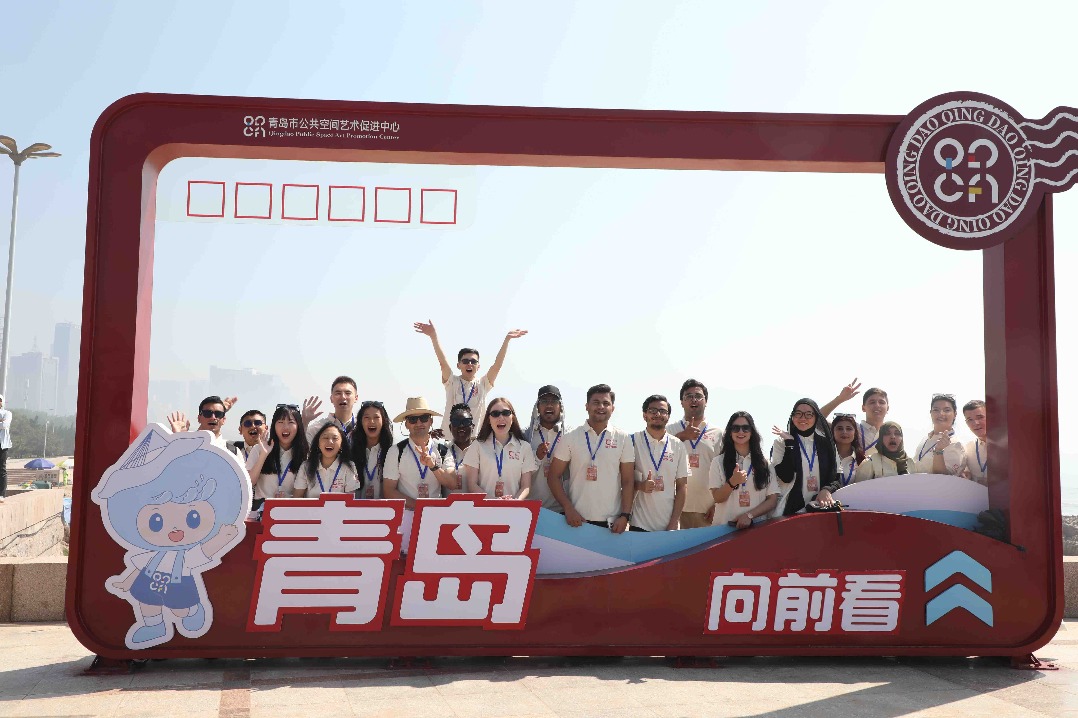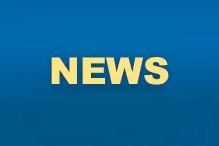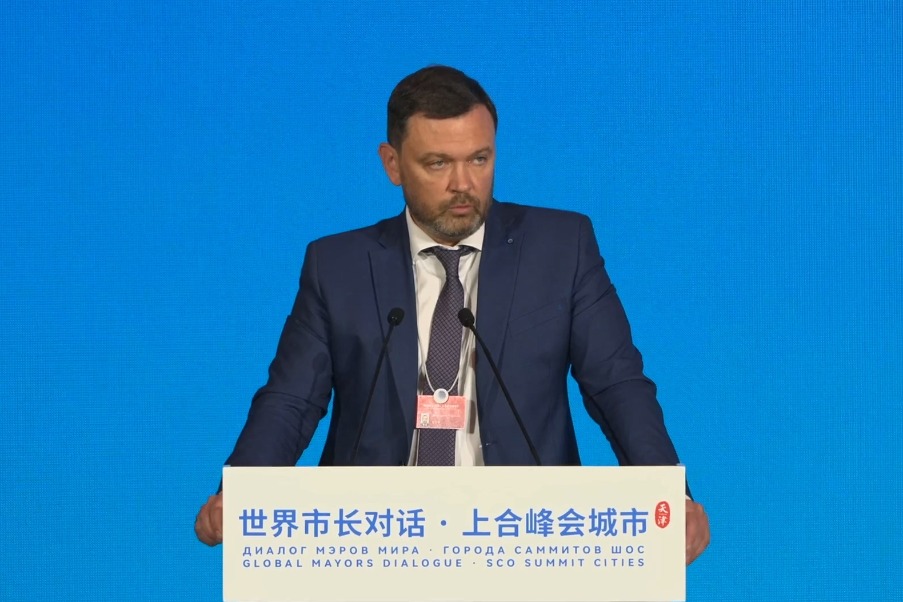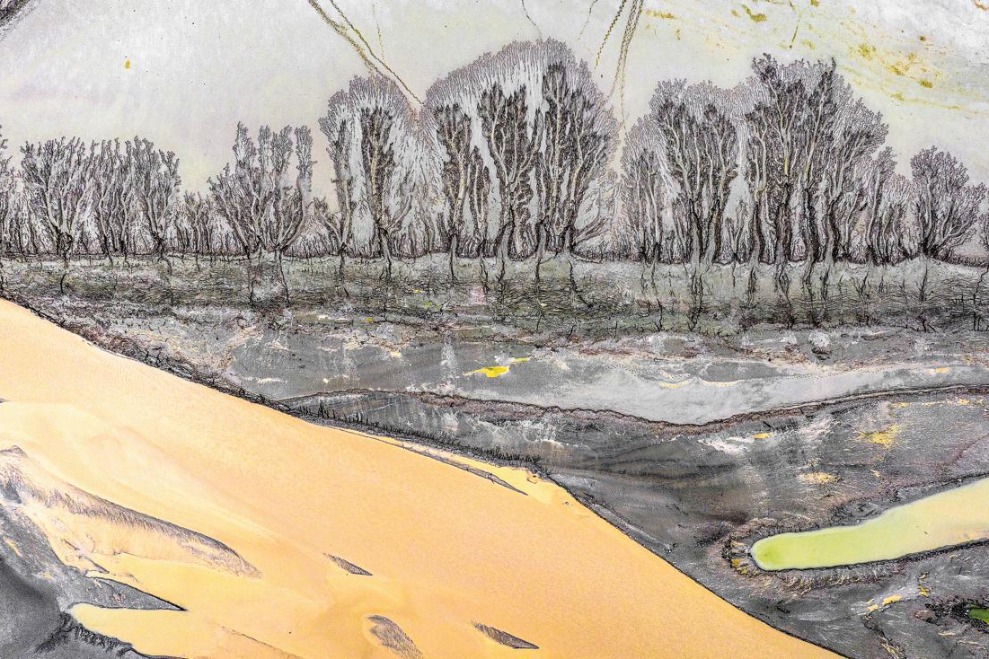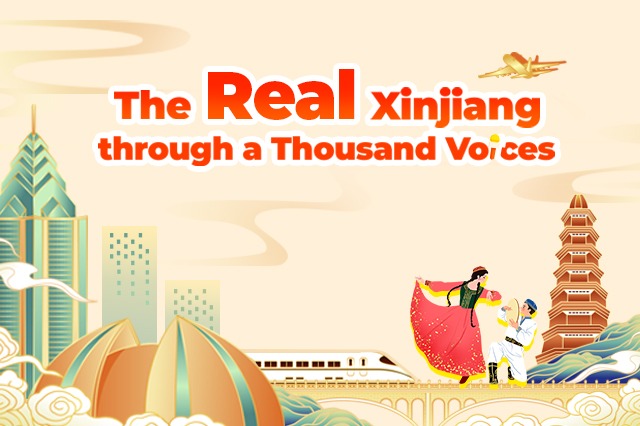Acupuncture proves its point


Ancient Chinese technique continues to increase in popularity
China's ancient medical remedy of acupuncture is gaining global popularity after proving to be an effective treatment for illnesses and ailments that Western medicine still struggles to cure.
Acupuncture classrooms and clinics are appearing worldwide, from countries such as the United Kingdom and the United States, to emerging economies including Brazil and Ethiopia.
Acceptance of the 2,000-year-old form of alternative medicine has spread far beyond Chinese communities. In recent years, acupuncture has become the new healthy lifestyle buzz after developing a fan base among royals and celebrities, including Megan Merkel (now the Duchess of Sussex), movie star Matt Damon and singers Sheryl Crow and Madonna.
Not only is it commonly used to treat pain, nausea and headaches, it is also applied in beauty clinics for conditions such as skin rejuvenation, stress release and weight loss.
Mike Cummings, medical director of the British Medical Acupuncture Society, said, "Acupuncture holds a unique position in our medical world today, because some of the benefits it brings to the human body find no substitute in other medical practices.
"It is encouraging to see that acceptance has accelerated amongst medical professionals, especially as the number of high-quality academic articles on acupuncture published in top medical journals has grown, and new research findings are proving the clinical effects of acupuncture."
Improving the flow
The treatment involves an acupuncturist inserting fine needles into a patient's body.
No substances are injected through the needles. Instead, they improve the smooth flow of life force energy, known in Chinese as qi, from the body's primary organs to the skin, muscles, tendons, bones and joints.
These channels through which qi flows are called meridians, along which most acupuncture points are located. In other words, the needles work by repairing damage to the body's infrastructure to ensure that qi can flow smoothly.
Acupuncture started to spread abroad in the sixth century when Korean traders brought knowledge of it to their own country. It was soon taken up in Japan and Vietnam.
The first mention of acupuncture in European culture came when Dutch doctor Willem ten Rhijne wrote about seeing it practiced in Japan when he was working for the Dutch East India Company in the 1680s.
In the 19th century, there was a flurry of interest in both the US and Britain as a number of scientific articles that appeared in medical journals attempted to describe acupuncture. At that time, it was regarded more as a novelty than a mainstream practice. In the 20th century, as Chinese communities in other countries began to grow, so did the practice of acupuncture in nations such as the UK and US, although it was used mainly by Chinese.
But in 1993, an incident in the UK transformed the market and created a big demand for acupuncture among British patients. News spread that Luo Dinghui, an acupuncturist in London's Chinatown, had successfully cured several British patients of eczema.
This condition causes the skin to become itchy, red and cracked, and even today there is no cure for it in Western medicine.
Luo's achievement drew curiosity from several leading scientists from the National Eczema Society in the UK, who conducted their own research and ended up verifying the achievement. It became headline news and crowds of patients lined up outside Luo's practice to seek treatment.
Following this surge in interest, the UK acupuncture market boomed and new clinics emerged nationwide. Typical acupuncture sessions cost about 50 pounds ($65), and last between 30 minutes and an hour. Since the late 2000s, British universities have offered undergraduate degrees in acupuncture.
Wang Tianjun, who came to the UK in 2007 to work as a lecturer for the University of East London's acupuncture program, said, "Many on these programs are mature students whose fascination with Chinese traditional medicine led to them to look for a career change.
"Students in my class formerly worked in a wide variety of professions, including as lawyers, accountants, office managers or bankers," said Wang, who studied acupuncture at Nanjing University of Chinese Medicine in Jiangsu province.
About 90 percent of Wang's students are non-Chinese, whose ages range from 30 to 60.
Several other universities in the UK either offer or have offered acupuncture degrees, including Westminster, Southbank and Middlesex.
The acupuncture boom in Britain is mirrored throughout Europe, said Wang, who frequently gives lectures at universities and conferences across the continent.
In Switzerland, acupuncture has been the most frequently used alternative medicine since 2004.
In South America, it was added to treatments available under the public health system in Brazil in 1988.
According to Chinese government estimates, the number of acupuncturists outside the country is 200,000, and more than one-third of the global population has received acupuncture and other traditional Chinese medicines. It is also becoming a big money-generating industry.
Market data group QY Research estimates that the global manufacturing industry for acupuncture needles has achieved an average growth rate of 7.08 percent annually in recent years. Last year, nearly 9.7 billion such needles were made, generating revenue of about $92 million for the manufacturers.
In 2010, the United Nations Educational, Scientific and Cultural Organization put acupuncture on the UNESCO Intangible Cultural Heritage List.
On Nov 15, acupuncturists from across the world will gather at the UNESCO headquarters in Paris for celebrations being staged to mark the 8th World Acupuncture Day.
Philip Rose-Neil, chairman of the Governing Board of the British Acupuncture Council, said, "We see huge potential for the continued growth of acupuncture going forward, and the advancement of medical technology will support acupuncture to achieve more impact."
For example, the development of laser acupuncture allows traditional techniques to be applied to positions needles cannot reach, and improved needle manufacturing technology will make the practice safer and more comfortable for patients.
- 102-year-old veteran recalls war, hails China's rise
- China enhancing childcare services with eye on fertility rate
- Monkeys thriving at a research base in Hubei
- Youth exchange fosters cross-cultural friendships
- China expels Japanese vessel for illegally entering waters
- Explore Tianjin: Is everyone here so optimistic?

















